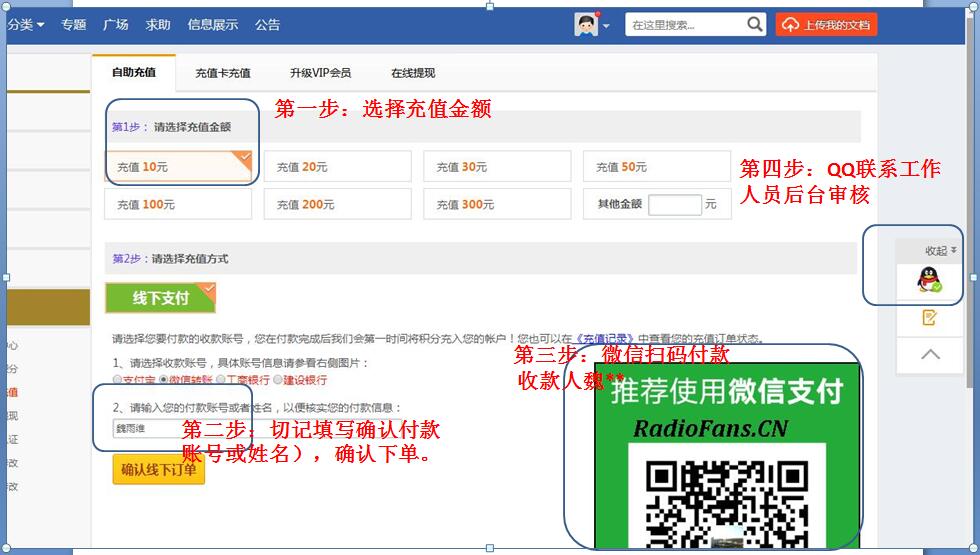《Cambridge-840A-int-sm维修电路图 手册.pdf》由会员分享,可在线阅读,更多相关《Cambridge-840A-int-sm维修电路图 手册.pdf(63页珍藏版)》请在收音机爱好者资料库上搜索。
1、Gallery Court Hankey Place London SE1 4BB UK Tel: +44 (0)20 7940 2200 Fax: +44 (0)20 7940 2233 840A Issue Date: 16th June 2006 _ SERVICE MANUAL _ SPECIFICATIONS: Power Output 120W RMS into 8 Ohms 200W RMS into 4 Ohms THD (unweighted) 0.0015% 1 kHz at 80% of rated power 83dB Input Impedances Input 1
2、(balanced) 10 kOhm Inputs 2-7 68 kOhm Tape Input 68 kOhm Power Amp damping factor 110 at 1kHz Max power consumption 800W Minimum power consumption Active (no signal) 70W Standby 7W Bass furthermore the manufacturer cannot accept responsibility for personal injury or property damage resulting therefr
3、om. 6. When servicing, care should be taken to observe the original routing and dressing of the leads and it should be confirmed that they have been returned to normal after re-assembly. Notes on chip component replacement Never reuse a component that has been removed from a PCB Notice that the minu
4、s side of a tantalum capacitor may be damaged by heat COPYRIGHT NOTICE. 2007 Audio Partnership PLC. All rights reserved. Cambridge Audio and Azur are registered trademarks for Audio Partnership PLC. This document may not be reproduced, distributed, transmitted, displayed, published, or broadcast wit
5、hout the express written prior permission of Audio Partnership PLC. Alteration or removal of any trademark, copyright, or other notice from this content is prohibited. Information provided in this document is provided solely for the use of official service agents in repairing and servicing Audio Par
6、tnership PLC products. 4 RadioFans.CN Cambridge Audio Azur 840A Amplifier 840A Block Diagram To enhance viewing, please print to A35 RadioFans.CN 7 10 6 2 3 9 17 418 15 8 13 5 11 16 6 1 15 14 12 5 Cambridge Audio Azur 840A Amplifier 840A Exploded Diagram To enhance viewing, please print to A36 Radio
7、Fans.CN Cambridge Audio Azur 840A Amplifier Exploded Diagram Parts List Drawing Ref: AP Part Number noi tpi rcseD : f eRyrotcaF 1PY11182331-004909E301Speaker Binding Post BP331 (Black) Red MAINS FAIL References to “the PIC” or “the main PIC” are to the main housekeeping PIC on the front panel PCB un
8、less otherwise stated. 51 RadioFans.CN The Power Supply PCB This carries: Power supplies for everything except power amps Mains on/off and inrush control switching relays X2 capacitor The mains-fail detect circuit There are four power supply rails: +15V Opamp supply -15VOpamp supply +9VRelay supply
9、+5VMicrocontroller, logic and comparator supply The power supply board also carries the mains switching relays that control the supplies to the power amplifiers. When the amplifier goes from standby to ON, the inrush control relay RL4 closes first with R78 limiting the inrush current. After 3 second
10、s (while speaker-short testing is going on- see below) the On/Off relay RL3 closes. 100 msec later (to ensure no break in the supply) RL4 opens. When the amplifier goes from ON to standby, RL3 simply opens. The front panel PCB This carries: The main PIC The volume rotary encoder and control switches
11、. The LCD display Shift registers for driving the relays The RS232 interface for control and software updates U1 is the main housekeeping microcontroller for the amplifier; it is a 16F977A PIC running at 20 MHz. It handles all the control functions of the amplifier except for those on the A-BUS hub
12、PCB, which are dealt with by another PIC on that board. PIC pins handling amplifier conditions: PinNormalActive Speaker short-circuit detect 7LOWHIGH Active= short found Phones detect 27HIGHLOW Active= Phone jack in Mains fail 28LOW HIGH DC offset protection29HIGHLOW Overtemperature protection30HIGH
13、LOW Overload protection 33HIGHLOW Clip detection 34HIGH LOW The LCD display module interfaces to the front panel PCB through CN2. Display data from the PIC is clocked serially into shift register U2 and sent to the LCD module in byte-wide parallel format. The LCD module is powered from the +5V rail.
14、 52 RadioFans.CN The relays on the other PCBs are controlled by a set of shift registers that convert serial data from the PIC into 32 latched outputs. Four shift registers (U3,U4,U5,U6) are connected so that the serial input enters the first register and is clocked through and out of its serial out
15、put into the serial input of the second register. Changing any output requires 32 bits to be clocked through the registers by the SERIAL CLOCK signal. When SERIAL STROBE goes high the data is latched in each register to give a static output. Data appears at the outputs only when the SHIFT REG ENABLE
16、 line is high. This line is kept low at start-up to prevent random data at the outputs, and only goes high when the PIC has initialised the shift registers. The RS232 interface is used to control the amplifier and can also be used to reprogram the main PIC. The interface consists of Q3 and Q4. Q3 ha
17、ndles incoming RS232 data, providing a level-shift from RS232 levels (nominally +/-9V) to PIC levels (+5V/0V). Q4 handles outgoing RS232 data, level shifting it to give a +15V/0V output. The main PIC is reprogrammed by holding the standby/ON button in when the mains power is turned on. The word DOWN
18、LOAD appears on the LCD. A PC running a Windows program is used to download the program. The Hub PIC can in turn be reprogrammed by the main PIC. This is done by the PGM, MCLR HUB, PROGRAM_DATA, and PROGRAM_CLOCK lines that go to the Hub PCB via CN3. The Input PCB The input PCB carries: Input buffer
19、s Input select relays Tape out buffer Input amplifier +6 dB Hub input switcher Relay drivers The input PCB has one stereo input (Input 1) that accepts both balanced and unbalanced signals, and six more unbalanced stereo inputs. There is a further input for tape monitor use. There is a tape output, t
20、aken from before the tone and volume controls, and a preamp output taken from after the tone and volume controls. All component numbers here refer to the Left channel. The A-BUS hub also uses the amplifier inputs. The required input is selected separately from the main amplifier input by the CMOS sw
21、itching IC U1. This is controlled by serial data from the microcontroller on the hub PCB, in response to switch presses or IR commands. The relays are driven from an 8-bit serial-in parallel-out (SIPO) shift register on the front panel PCB. The eight logic signals come in on CN8 and control the 7-wa
22、y open-collector relay driver U16. The eighth relay is controlled by Q1. 53 RadioFans.CN The Preamplifier PCB The preamplifier PCB carries: The tone controls and DIRECT switch Relay balance control Balance control buffer Amplifier Relay volume control Volume control post amplifier Relay drivers ON/s
23、tandby LED control The IR receiver Headphone socket All component numbers here refer to the Left channel. The balance control operates in discrete steps selected by relays. There are eight steps on each side of the central position. This is implemented by switching in combinations of three attenuato
24、r sections; the first is R97,R22,R105, the second R85,R87 and the third R88,R86,R89. These are switched in or out by relays RL17, RL18 and RL19. When none of these relays are energised the balance network gives the first step of attenuation due to R97. When RL15 is energised the balance attenuator n
- 配套讲稿:
如PPT文件的首页显示word图标,表示该PPT已包含配套word讲稿。双击word图标可打开word文档。
- 特殊限制:
部分文档作品中含有的国旗、国徽等图片,仅作为作品整体效果示例展示,禁止商用。设计者仅对作品中独创性部分享有著作权。
- 关 键 词:
- Cambridge-840A-int-sm维修电路图 手册 Cambridge 840 int sm 维修 电路图
 收音机爱好者资料库所有资源均是用户自行上传分享,仅供网友学习交流,未经上传用户书面授权,请勿作他用。
收音机爱好者资料库所有资源均是用户自行上传分享,仅供网友学习交流,未经上传用户书面授权,请勿作他用。
 Cambridge-840A-int-sm维修电路图 手册.pdf
Cambridge-840A-int-sm维修电路图 手册.pdf



 Crown-XLS202-pwr-sch维修电路图 手册.pdf
Crown-XLS202-pwr-sch维修电路图 手册.pdf


